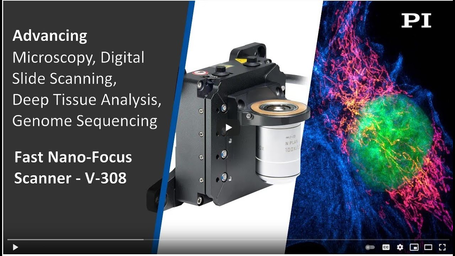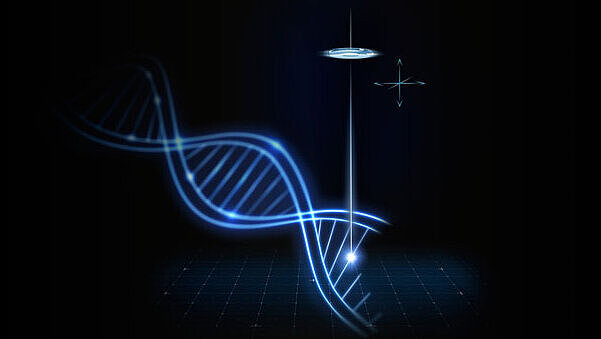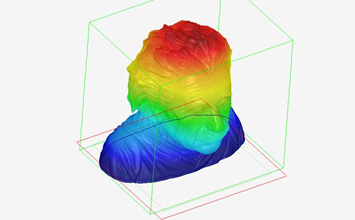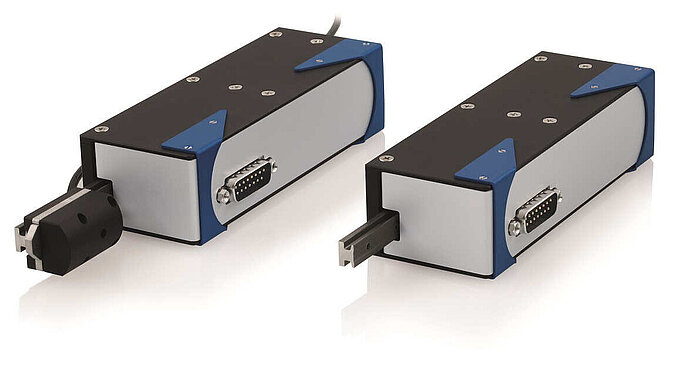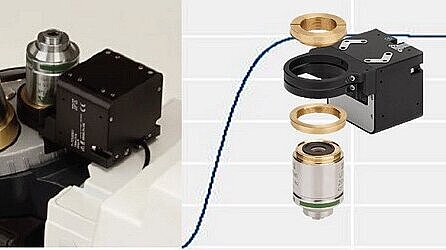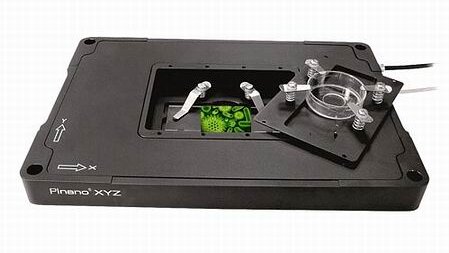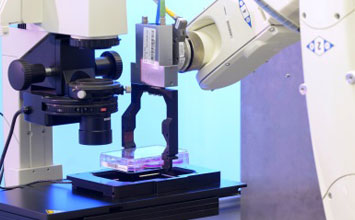Products - PI (Physik Instrumente) L.P.
Fast Nanopositioning Linear Slide for Objective Nano-Focusing and X, XY Scanning: Nanometer Resolution, 7mm Travel
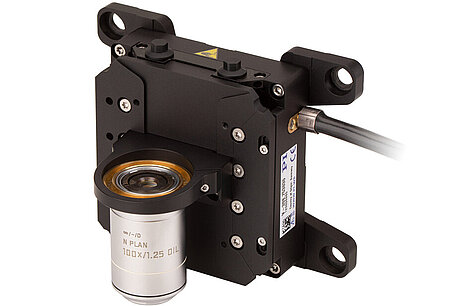

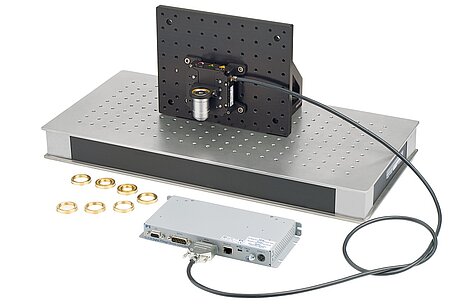
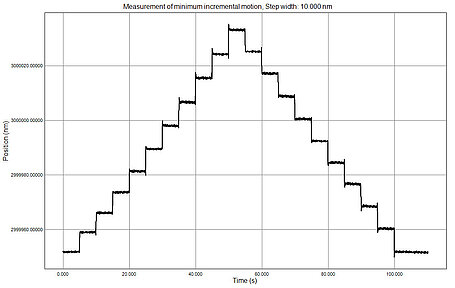

A new, long-travel linear slide is now available with a voice coil linear motor to complement the piezo-flexure and piezo motor-based units. Piezo drives are very compact and can be easily integrated in positioning devices that mount on a microscope turret, however their travel range is typically less than one millimeter – on the upside, they can achieve sub-nanometer precision and sub-millisecond settling times.
For fast focusing applications where a traditional microscope is not required and/or longer travel ranges of several millimeters are essential, the new V-308 nanopositioning slide with electromagnetic direct drive provides a solid solution.
Drive Technology, Sensor Technology, Precision and Speed
At the core of the V-308 nanofocus system is a single axis slide guided laterally by high-precision crossed roller bearings. The slide is driven by a centrally mounted linear voice-coil motor, specifically developed by PI for high dynamics, fast settling, and high resolution. Acceleration to 0.8g and velocity to 8”/sec are feasible, while extremely short step-and-settle times <15msec (step size to 1/4µm) within an error band of only ±15 nanometers can be achieved. The closed-loop linear slide integrates PI’s proprietary PIOne ultra-high resolution optical incremental encoder, providing sub-nanometer resolution feedback, based on an interferometric-type read head. When operated with a PI motion controller, the low friction V-308 linear slide can perform repeatable minimum incremental motion steps of 10 nanometers (see graph) and bidirectional repeatability of 25 nanometers.
With 7mm total motion, all targeted applications are covered. Manual travel stops are easily adjustable, for example, to protect sensitive equipment from user errors. Therefore, a very fast positioning of the focusing unit, very fast data acquisition, and high productivity can be achieved.
User-Adjustable Magnetic Counterbalance increases Safety and Usability
Since electric direct drive motors have no self-braking capabilities, unlike piezo motors, some help in form of a counterbalance is required for vertical applications – this also greatly reduces heat generation in the motor in static applications. The key in nanopositioning applications is to NOT introduce additional friction or backlash with the counterbalance. Added mass and size are more things to consider during design. PI came up with a novel solution: an integrated magnetic weight force compensation that is also easily user adjustable, an important feature when different loads (for example objective lenses) need to be operated – the compensation force is variable between 0 and 10N.
Another decisive advantage of the counterbalance, it prevents the slide from crashing into the sample in case of power failure, or when the controller is shut down.
Compact Design and Versatile Accessories Facilitate Integration in OEM applications
Despite the high performance, the linear slide only measures 87x77x30mm. Adapters for mounting the slide to a honey comb table or breadboard (metric or imperial) hole pattern are available as well as objective holders for vertical or horizontal mounting and a variety of microscope objective adapters for threads to M32x0.75.
Motion Controller Options
PI developed the new C-414 low cost compact motion controller specifically for the new V-308 nanofocus slide. For large quantities, a more compact OEM controller can be derived from the C-414. Alternatively, EtherCAT-based motion controllers by the PI Group member ACS are also available. These high-end controllers can provide even higher performance when it comes to motion fidelity, resolution, and dynamics. Read our tech blog for more information on advanced motion control algorithms such as the PILOT algorithm.
Datasheet: V-308 Fast Focus Linear Slide Applications Blog of Fast Focus Nanopositioning Stages Overview Piezo-Driven Fast Focus Stages More Linear Slides More Vertical Linear Stages
